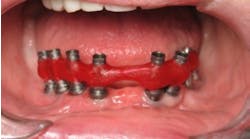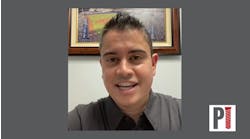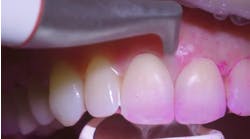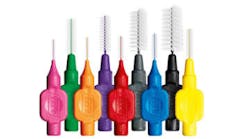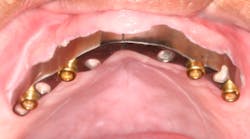Sedation patients are not your average patients: How they leave the dental practice
Note: For HIPAA compliance, there no patient names are presented in this paper, protecting all sedation patients of Bertrand Bonnick, DDS.
In the realm of dentistry, there is no denying that many patients face dental anxiety and severe dental phobia. In fact, according to DocShop, 30 to 40 million Americans avoid seeing the dentist due to some level of dental fear. The Journal of the American DentalAssociation did research to prove the impact of sedation on dental patients. The research found that 18% of Americans said they would be more likely to visit the dentist frequently if they had a drug to suppress their dental nerves. This intense fear leads to a large number of patients being sedated in order to get their dental work done.
In our dental office, we noticed a trend unfolding. Our general patients visit regularly and rarely miss appointments, while sedation patients were not returning to the office with regularity. This delay in dental care with sedation patients made us question why. After all, the patients are being sedated to help mask the fear.
ADDITIONAL READING |The restful jaw: helping take the fear out of dental appointments for TMJ/TMD patients
Our sedation patients over the last eight years have been categorized as either active sedation patients or inactive sedation patients. For sedation patients to be considered inactive, our working definition is those patients who have been absent for 12 months or more. Of the sedation patients from the past eight years, 158 are inactive.
In an effort to answer the “why,” we called all inactive patients and mailed them a letter. The first step was to call the inactive patients and schedule an appointment. If they responded “no,” we asked, “May we please know why so we can note it in your patient chart?” In the second step, we asked the inactive patients to please categorize their reason for not returning in the letter we sent out. Our concerns for the research stemmed from the idea of inactive patients not being responsive to surveys since they are in fact inactive. However, our doubts faded as the responses trickled into the office. Our results found that patients responded better to a phone call rather than a letter.
After many conversations over the past couple of weeks, we finished contacting all inactive patients. While not all chose to respond, we still found strong results. The results were as follows:We discovered that the most favorable excuse, stated by 43% of the inactive sedation patients, was a lack of finances. Lack of finances in this situation indicated any patients who would not return due to finances after paying their balance, or people who refused to pay their bills due to financial reasons. While this may be a convenient excuse to state finances as the reason for not visiting, it shows that deep-seated fear will lead patients to choose convenience over oral care. This leads us to consider expressing the importance of routine visits while patients are in for pre- or postoperative care. Addressing the importance of routine visits may help patients understand that such appointments can help save money in the future due to preventive care.
The second most favorable excuse, at 28%, was that the patients had found a new dentist due to convenience of location or having moved out of town. Isn’t it great that some patients can actually leave our practice with a lessened fear and find a new dentist on their own?
The rest of the results in the order of most common are patients being dismissed from practice at 8%, patients having health reasons preventing them from being seen at 6%, our practice being out of network at 6%, and, last, 3% having a severe phobia. Out of all inactive patients, only 3% chose not to explain why they left the practice.
While these results present a surprising outcome (with finances being the most common), it proves even more the level of impact dental fear can have on a patient. Dental fear is a real phobia, causing people to avoid the dentist for several reasons … leading to this conclusion: No matter how minor or major the fear, patients will attempt to avoid any contact with the dentist, even if that means sacrificing their oral health. Therefore, sedation will always play an important role in dentistry for phobic sedation patients. These patients will always need a little reminder that with sedation, their phobia can be alleviated and their oral hygiene can be sustained.
Sources
1. Sedation Dentistry. (n.d.). DocShop Site. Retrieved July 15, 2014, from http://www.docshop.com/education/dental/sedation-dentistry
2. Wilson S. Balancing efficacy and safety in the use of oral sedation in dental outpatients. Journal of the American Dental Association; 137:502-513. Retrieved July 20, 2014.




